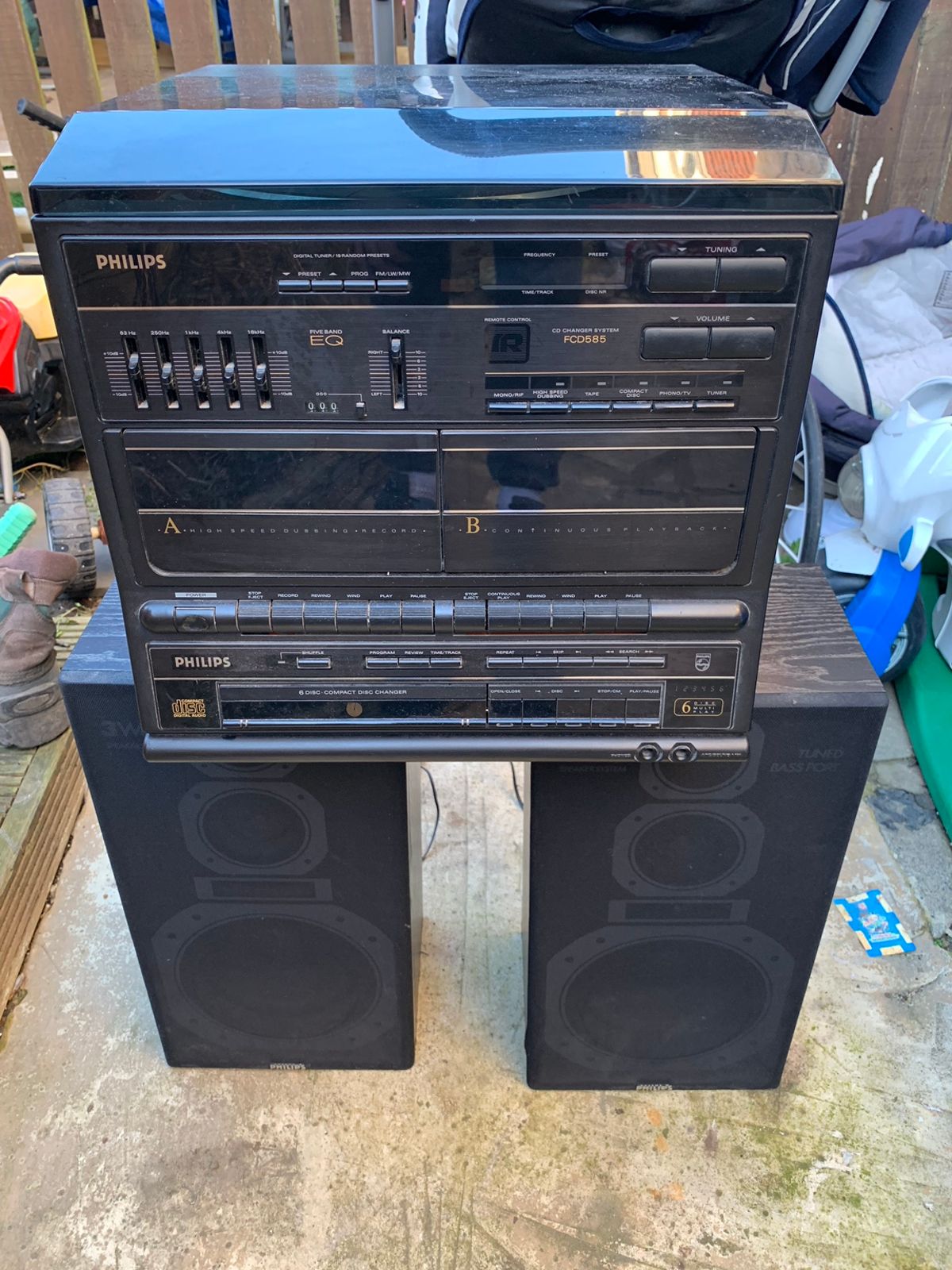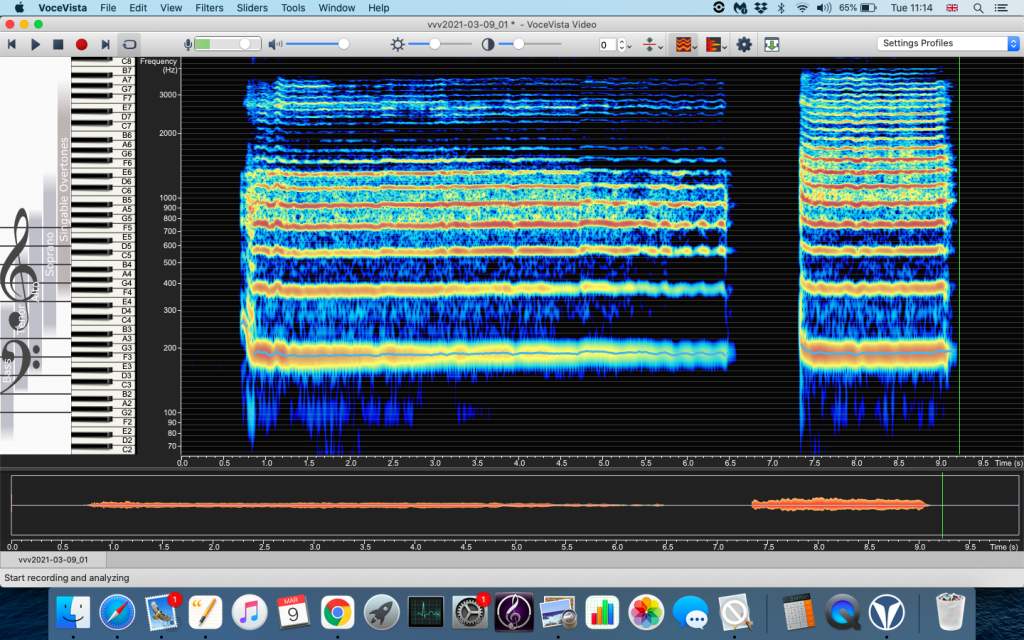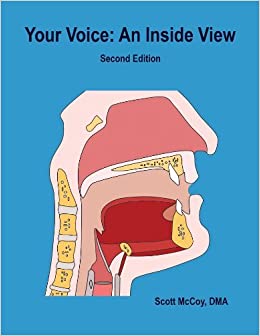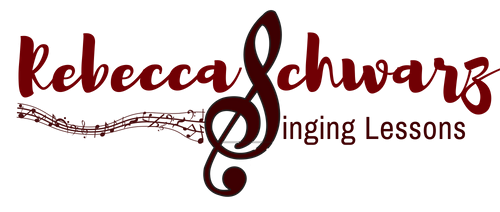Resonance is a term that could be used instead of what many people mean when they say “tone”. It’s the way that your voice sounds.
I showed this blog to my 8 year old who asked “is it about colours?” and I love that question because the answer is resonance is colours in the voice.
I equate resonance to a graphic equaliser but for your voice.
I think that playing with the resonance in your voice is a lot like playing with a graphic equaliser.
That’s my definition of “what is resonance”?
If you’re in your 40s, and possibly if you’re in your 30’s you might remember having a graphic equaliser on your stereo. If you’re too young to remember lucky you.
What is sound – aka what is resonance?
Pitched sounds are measured in hertz or Hz. This refers to the numbers of cycles per second, or how many times the air is chopped up by whatever is making the sound.
In terms of voice this refers to the number of times the vocal folds chop up the air to make the sound that our ear recognises as that pitch.
Harmonics
Any sound that is musical will be comprised of the actual note that you sing/play and then a series of harmonics. Harmonics are just a posh way of saying that there is more than one note that you hear when you hear a note, in fact harmonics are doublings of the sound.

Did you have a fancy stereo?
When I was in my teens I had a really fancy CD player, it played records and you could also put in 3 CDs at a time. And, even fancier, there was a dial you could move to take away the vocals. It didn’t really take away the vocals but it made them, and other parts of the sound, quieter so that you could pretend you were singing with a karaoke track.
So posh!
I couldn’t find an image of the one I had but look at this beauty! 2 tapes, record player, 6 CDs and a graphic equaliser.
My 14 year old self would have been so excited by this!
An Image of Resonance in a Voice

The above is the image of me singing the same note in two different ways. The first note is sang in a neutral style and the second is sung more strongly/brightly.
The Hz can been seen on the left of the coloured lines and the vertical piano shows these frequencies as notes or recognisable pitches.
The lowest bright horizontal(ish) line with a blue line running through it shows the actual note I’m singing also called the “fundamental”. The horizontal lines running above the fundamental show the harmonics.
In this example the pitch of the note I’m singing is within the range of F3 and approx 190Hz. If you look at the frequency (Hz) figures on the left you’ll see the the harmonics are doublings of the fundamental. This means that the lines come in at just under every 200Hz.
The difference between the two notes
Look at the above image again. You can see two different sounds being shared. There is a gap between the two to help you see the different notes I sing.
The first is me singing in a “neutral” way and on the second I brighten the sound.
As you can see there are more lines in the higher area of the image on the second burst of sound. This is because I am boosting the higher frequencies in my voice in the second note.
To know more about formants and the science stuff
There is a whole other thing that is used around this with singers to do with mouth shapes and fancy sounding things called formants. This can be really confusing so, for the purposes of this blog I’m sticking to discussing harmonics.
I learned my lesson when I took A’ Level Applied Maths and fried my brain so, as far as this blog goes, this is as physicsy as I’m going to get.

There are lots of books you can read to know more about formants. There’s a great chapter in Scott McCoy’s “This Is Voice” that I understood and plenty of other books that I didn’t.
Most of all I would advise you to attend any training that you can, in a small group, with Dr David Howard if you’re in the UK and want to know more. His website is here.
He’s really excited by it all and really up for answering questions.
Follow Up Blogs
The next blog in this series discusses what makes you sound like you and some things that can change how you sound.
Next I will discuss what makes you sound like you and how to play with your voice safely and then, in a third blog in the series I’ll explore exploring your resonant potentials.
Get in touch if this provokes any thoughts in you or you have any questions about this.
Subscribe to make sure you don’t miss out on any new videos I share.
The Vocal Explorers is a monthly Subscription Group where we meet on Zoom twice a month to explore voice related stuff and between classes on a private Facebook Group.


Pingback:What Makes You Sound Like You? - Resonance 2 - Rebecca Schwarz Singing Lessons
Pingback:Playing With Resonance - Rebecca Schwarz Singing Lessons